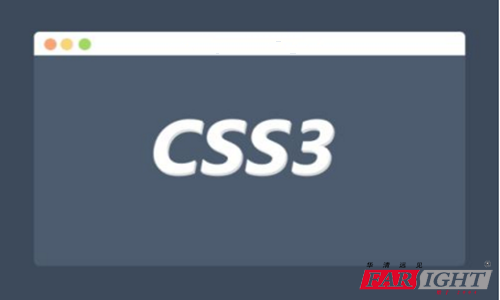css代码优化的12个技巧
来源:CSS代码优化汇总 2017-11-13编写好的CSS代码,有助提升页面的渲染速度。本质上,引擎需要解析的CSS规则越少,性能越好。MDN上将CSS选择符归类成四个主要类别,如下所示,性能依次降低
1.ID 规则
2.Class 规则
3.标签规则
4.通用规则
对效率的普遍认识是从Steve Souders在2009年出版的《高性能网站建设进阶指南》开始,虽然该书中罗列的更加详细,但你也可以在这里查看完整的引用列表,也可以在谷歌的《高效CSS选择器的佳实践》中查看更多的细节。
本文我想分享一些我在编写高性能CSS中用到的简单例子和指南。这些都是受到MDN 编写的高效CSS指南的启发,并遵循类似的格式。
一、避免过度约束
一条普遍规则,不要添加不必要的约束。
// 糟糕
ul#someid {..}
.menu#otherid{..}
// 好的
#someid {..}
#otherid {..}

二、后代选择符烂
不仅性能低下而且代码很脆弱,html代码和css代码严重耦合,html代码结构发生变化时,CSS也得修改,这是多么糟糕,特别是在大公司里,写html和css的往往不是同一个人。
// 烂透了
html div tr td {..}
三、避免链式(交集)选择符
这和过度约束的情况类似,更明智的做法是简单的创建一个新的CSS类选择符。
// 糟糕
.menu.left.icon {..}
// 好的
.menu-left-icon {..}
四、坚持KISS原则
想象我们有如下的DOM:
<ul id="navigator">
<li><a href="#" class="twitter">Twitter</a></li>
<li><a href="#" class="facebook">Facebook</a></li>
<li><a href="#" class="dribble">Dribbble</a></li>
</ul>
下面是对应的规则……
// 糟糕
#navigator li a {..}
// 好的
#navigator {..}
五、使用复合(紧凑)语法
尽可能使用复合语法。
// 糟糕
.someclass {
padding-top: 20px;
padding-bottom: 20px;
padding-left: 10px;
padding-right: 10px;
background: #000;
background-image: url(../imgs/carrot.png);
background-position: bottom;
background-repeat: repeat-x;
}
// 好的
.someclass {
padding: 20px 10px 20px 10px;
background: #000 url(../imgs/carrot.png) repeat-x bottom;
}
六、避免不必要的命名空间
// 糟糕
.someclass table tr.otherclass td.somerule {..}
//好的
.someclass .otherclass td.somerule {..}
七、避免不必要的重复
尽可能组合重复的规则。
// 糟糕
.someclass {
color: red;
background: blue;
font-size: 15px;
}
.otherclass {
color: red;
background: blue;
font-size: 15px;
}
// 好的
.someclass, .otherclass {
color: red;
background: blue;
font-size: 15px;
}
八、尽可能精简规则
在上面规则的基础上,你可以进一步合并不同类里的重复的规则。
// 糟糕
.someclass {
color: red;
background: blue;
height: 150px;
width: 150px;
font-size: 16px;
}
.otherclass {
color: red;
background: blue;
height: 150px;
width: 150px;
font-size: 8px;
}
// 好的
.someclass, .otherclass {
color: red;
background: blue;
height: 150px;
width: 150px;
}
.someclass {
font-size: 16px;
}
.otherclass {
font-size: 8px;
}
九、避免不明确的命名约定
好使用表示语义的名字。一个好的CSS类名应描述它是什么而不是它像什么。
十、避免 !importants
其实你应该也可以使用其他优质的选择器。
十一、遵循一个标准的声明顺序
虽然有一些排列CSS属性顺序常见的方式,下面是我遵循的一种流行方式。
.someclass {
/* Positioning */
/* Display & Box Model */
/* Background and typography styles */
/* Transitions */
/* Other */
}
十二、组织好的代码格式
代码的易读性和易维护性成正比。下面是我遵循的格式化方法。
// 糟糕
.someclass-a, .someclass-b, .someclass-c, .someclass-d {
...
}
// 好的
.someclass-a,
.someclass-b,
.someclass-c,
.someclass-d {
...
}
// 好的做法
.someclass {
background-image:
linear-gradient(#000, #ccc),
linear-gradient(#ccc, #ddd);
box-shadow:
2px 2px 2px #000,
1px 4px 1px 1px #ddd inset;
}
显然,这里只讲述了少数的规则,是我在我自己的CSS中,本着更高效和更易维护性而尝试遵循的规则。如果你想阅读更多的知识,我建议阅读MDN上的编写高效的CSS和谷歌的优化浏览器渲染指南。

 您当前的位置:
您当前的位置:





